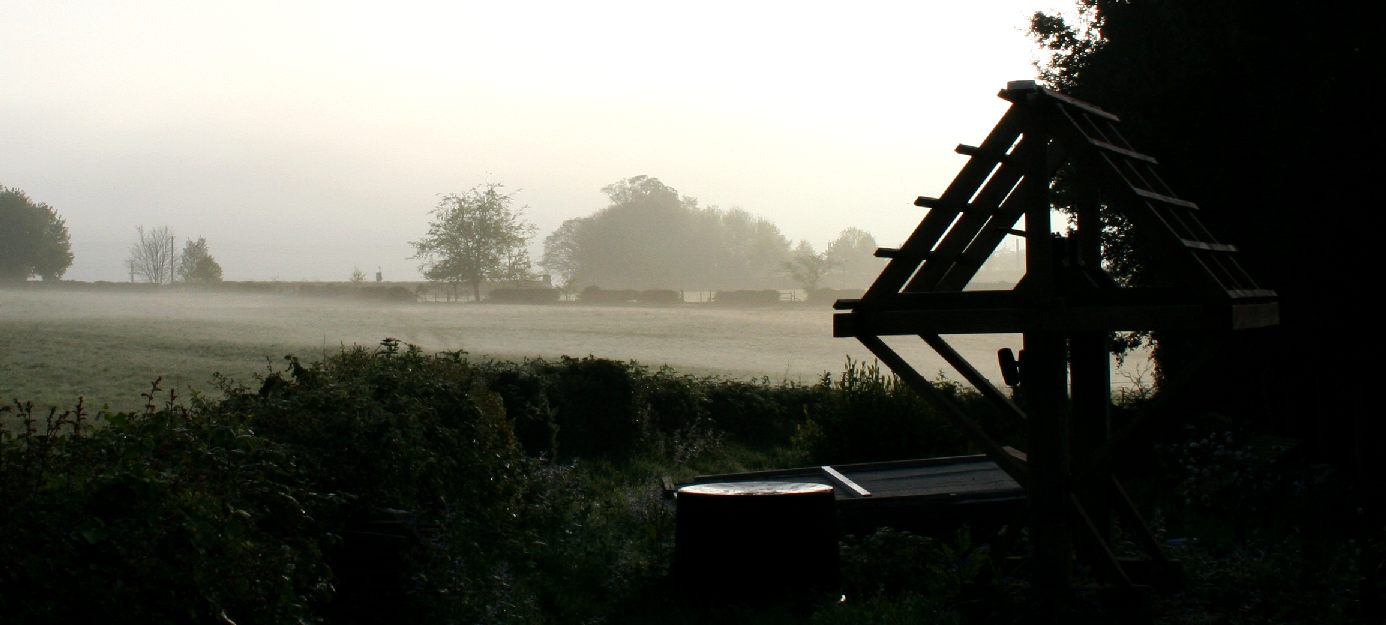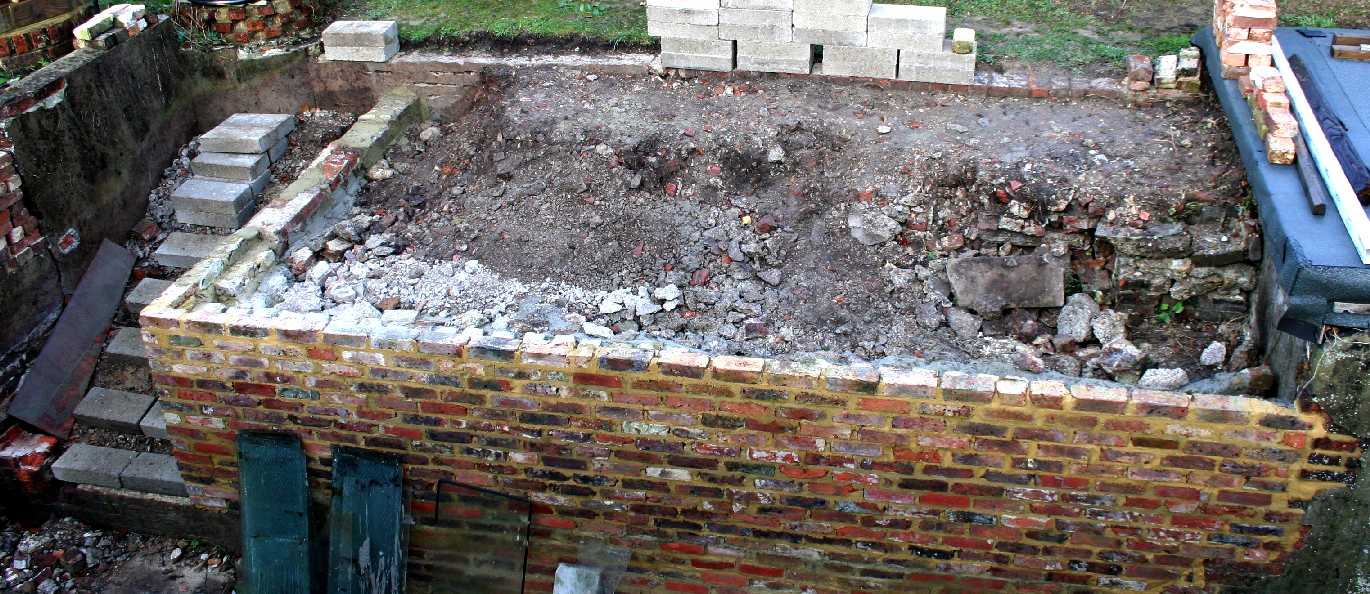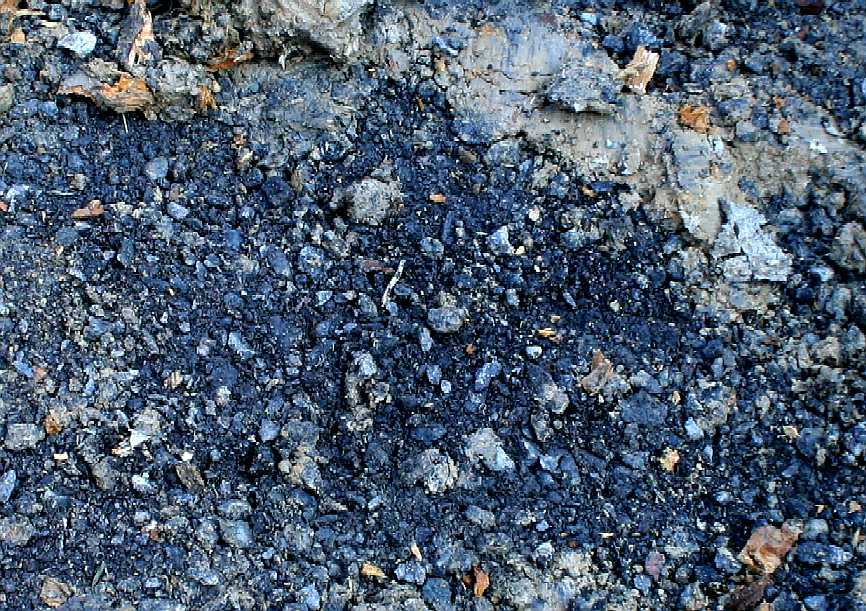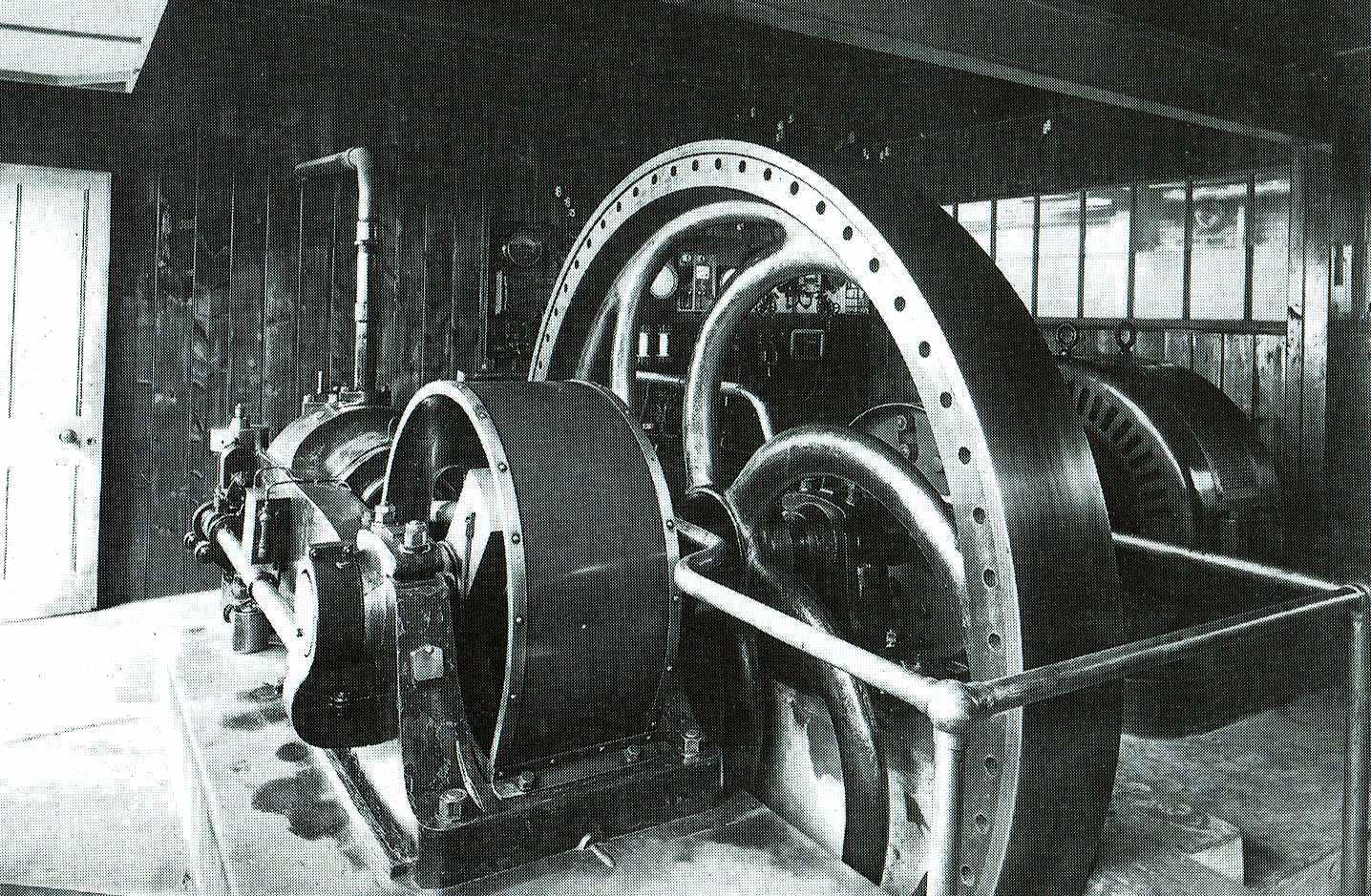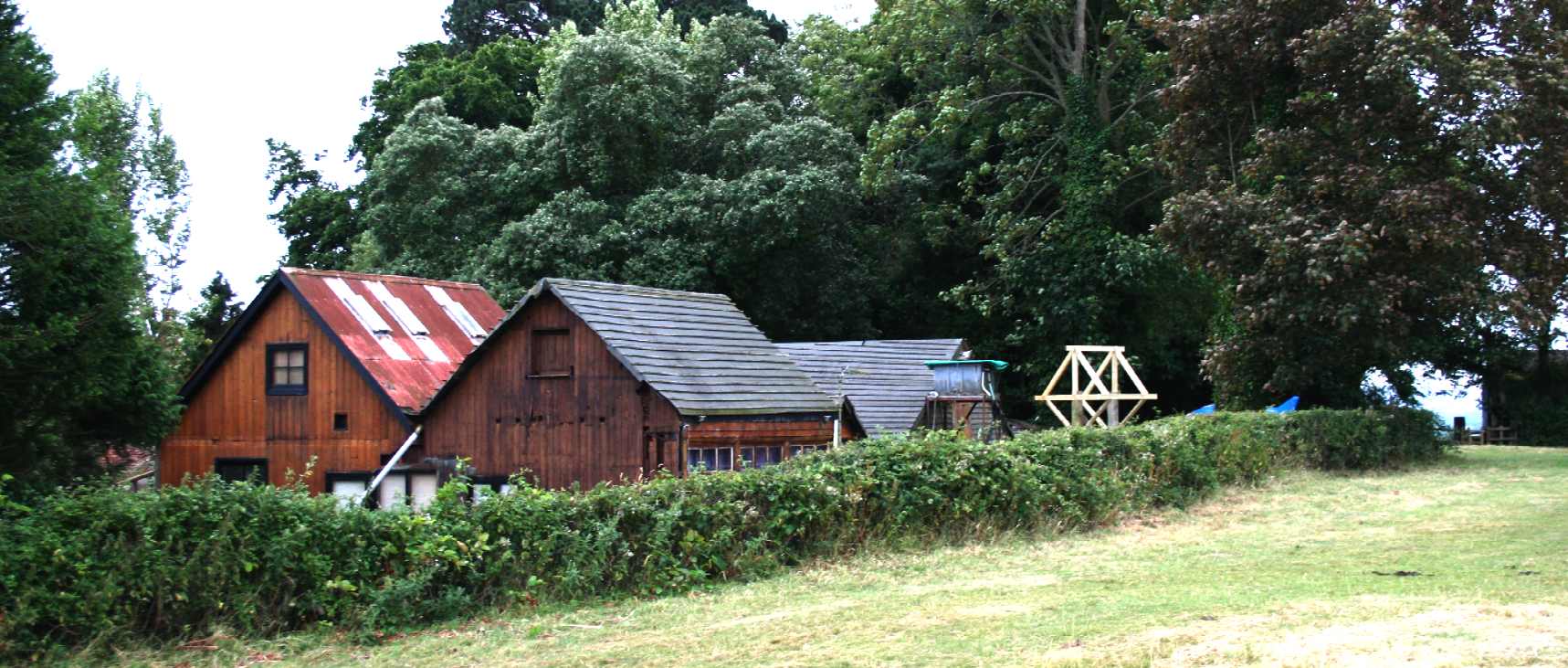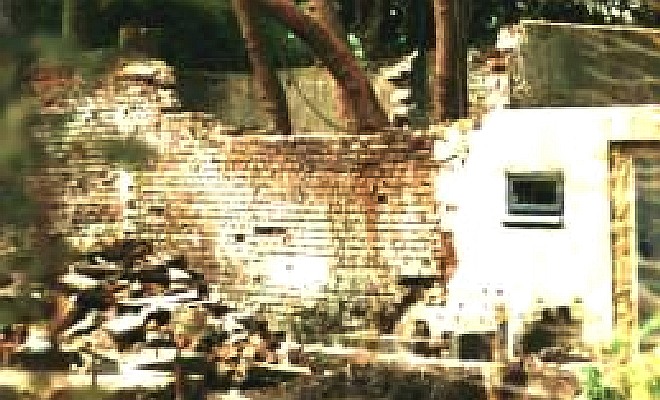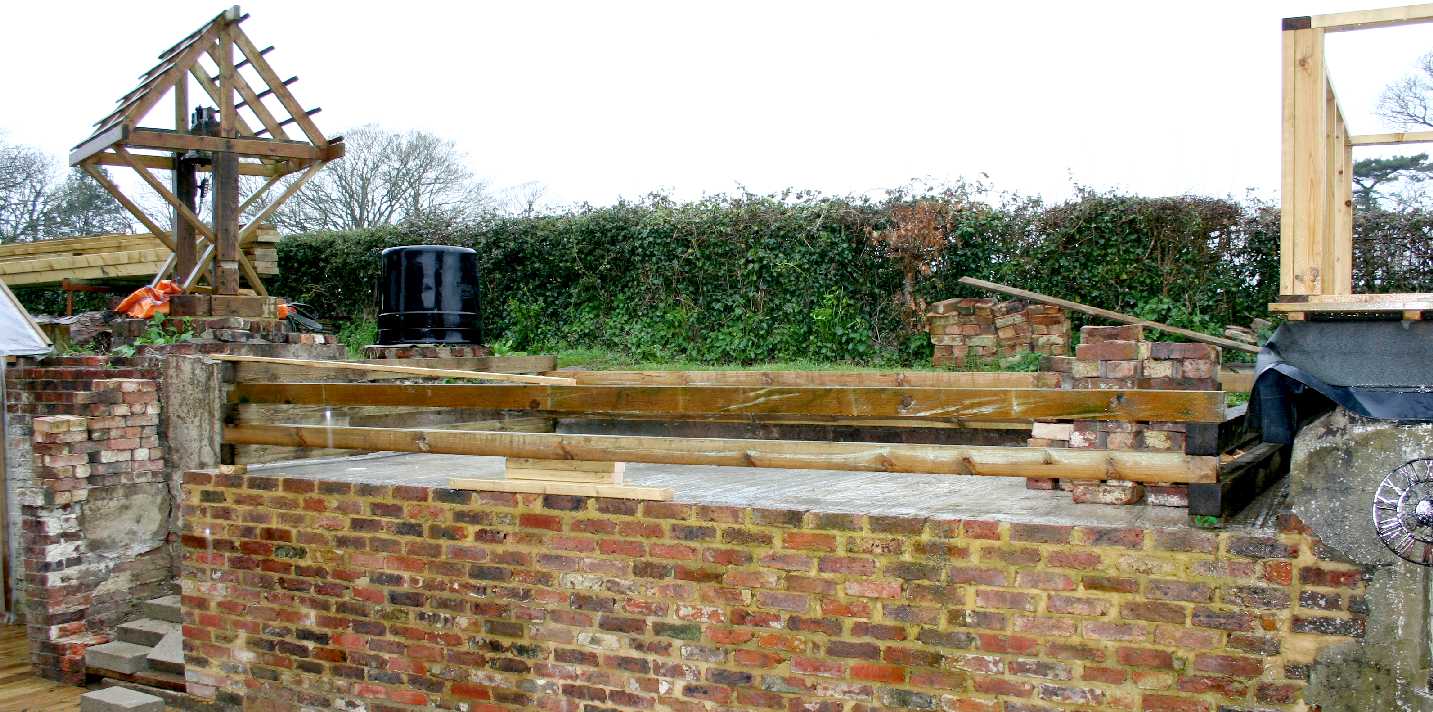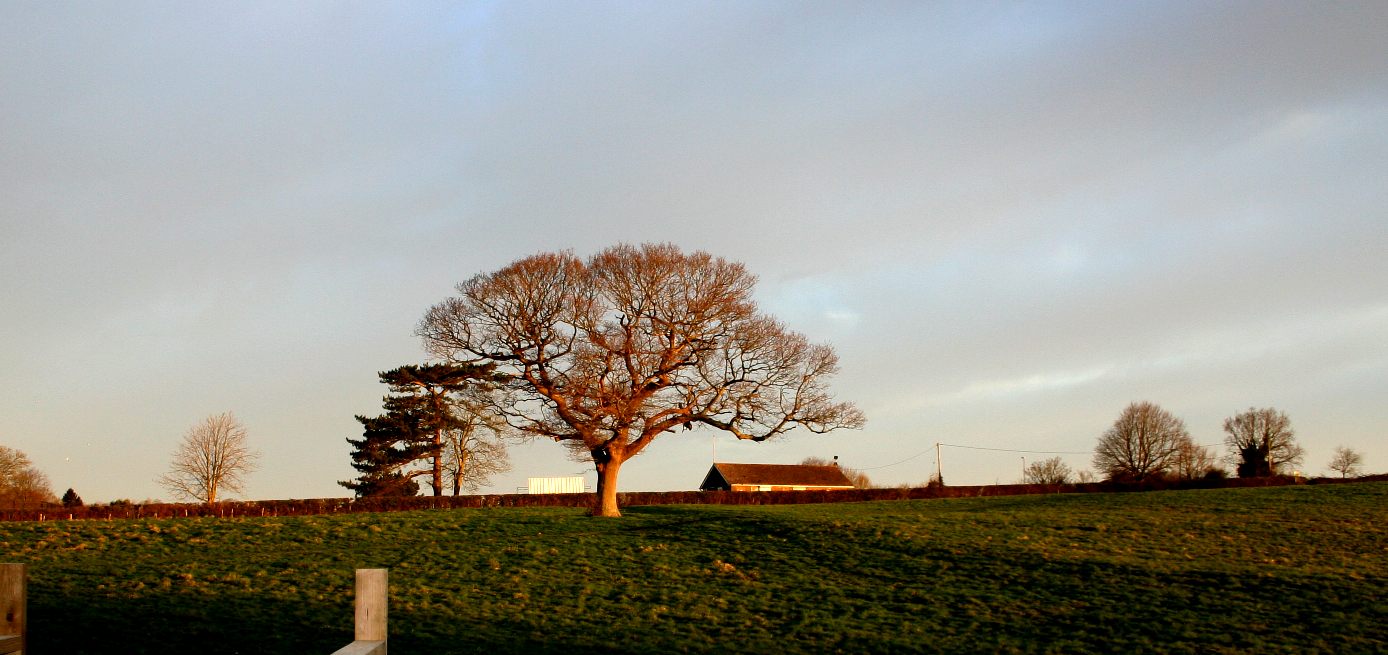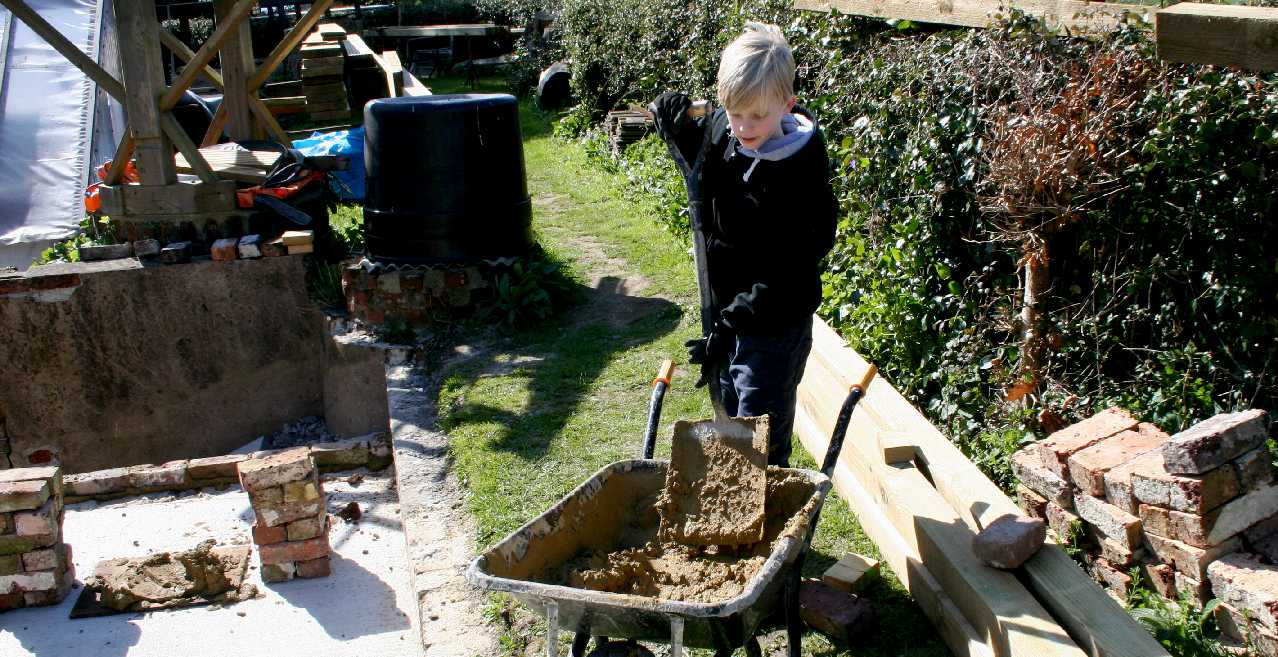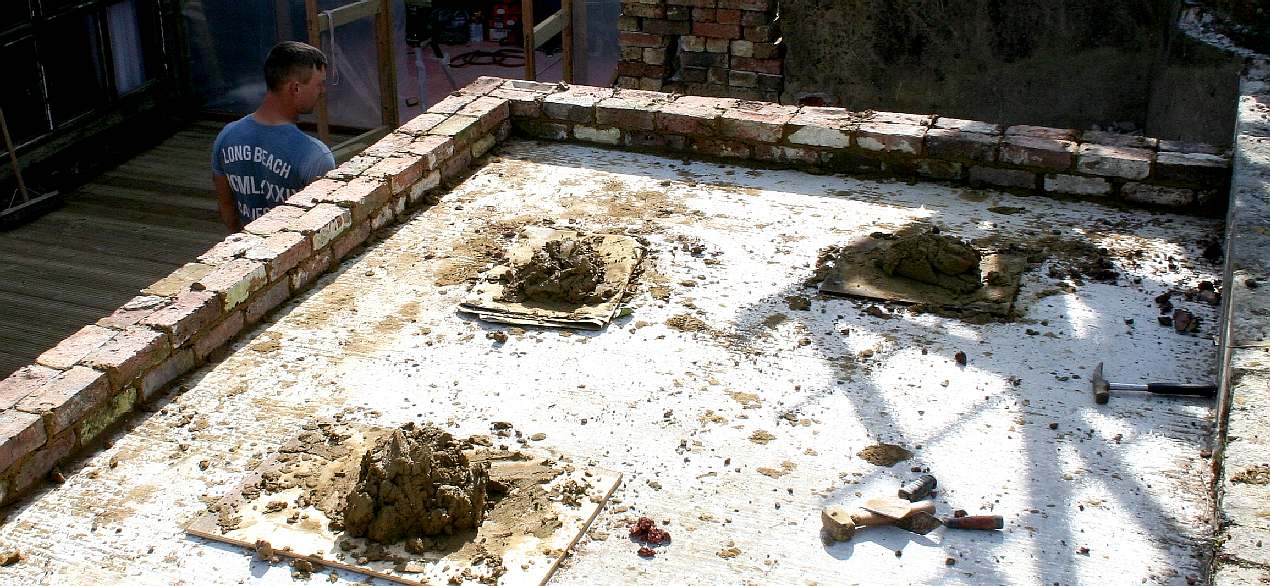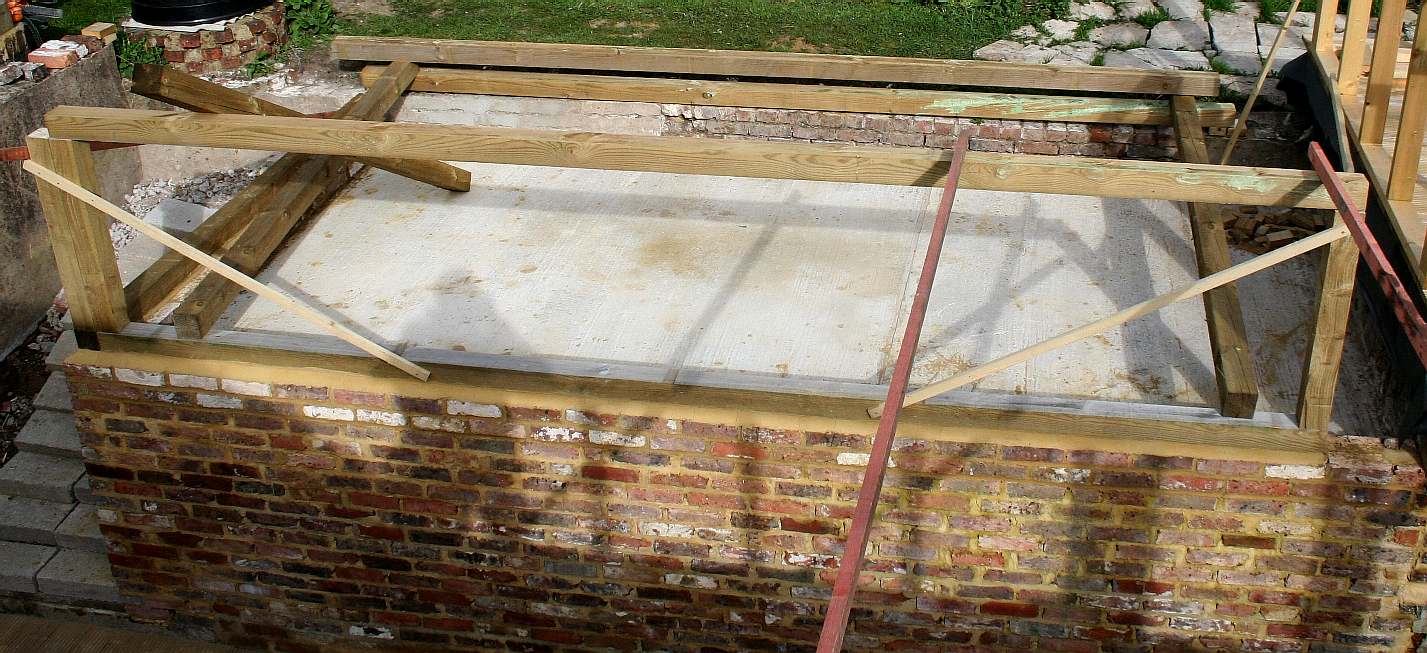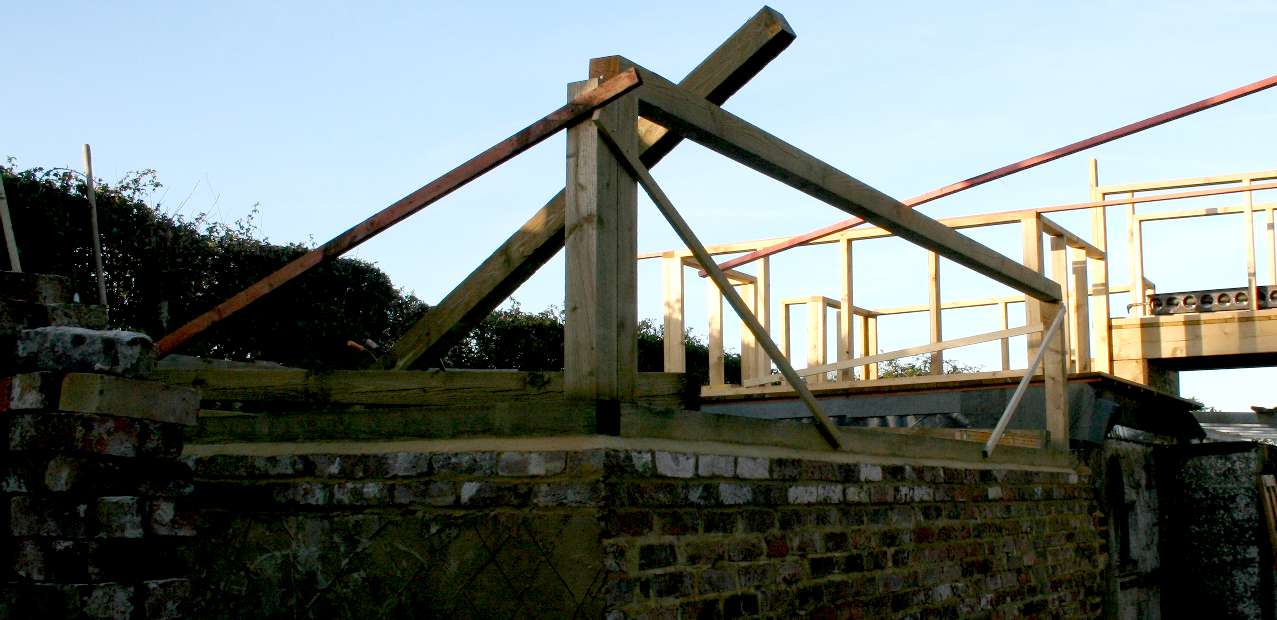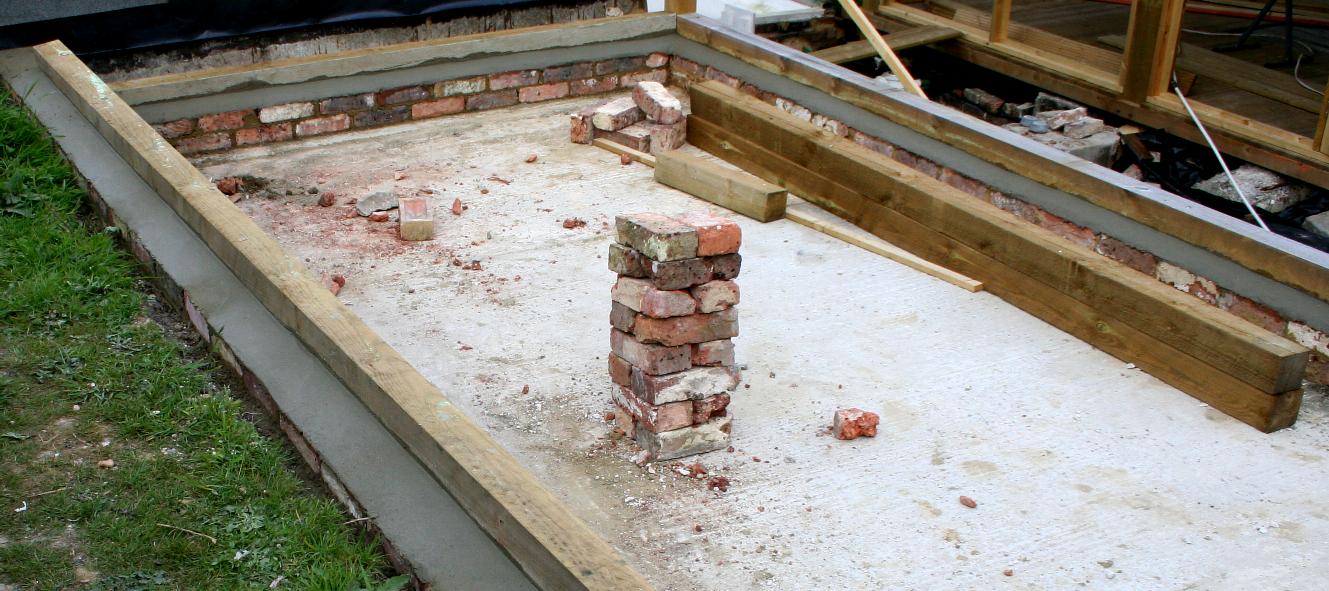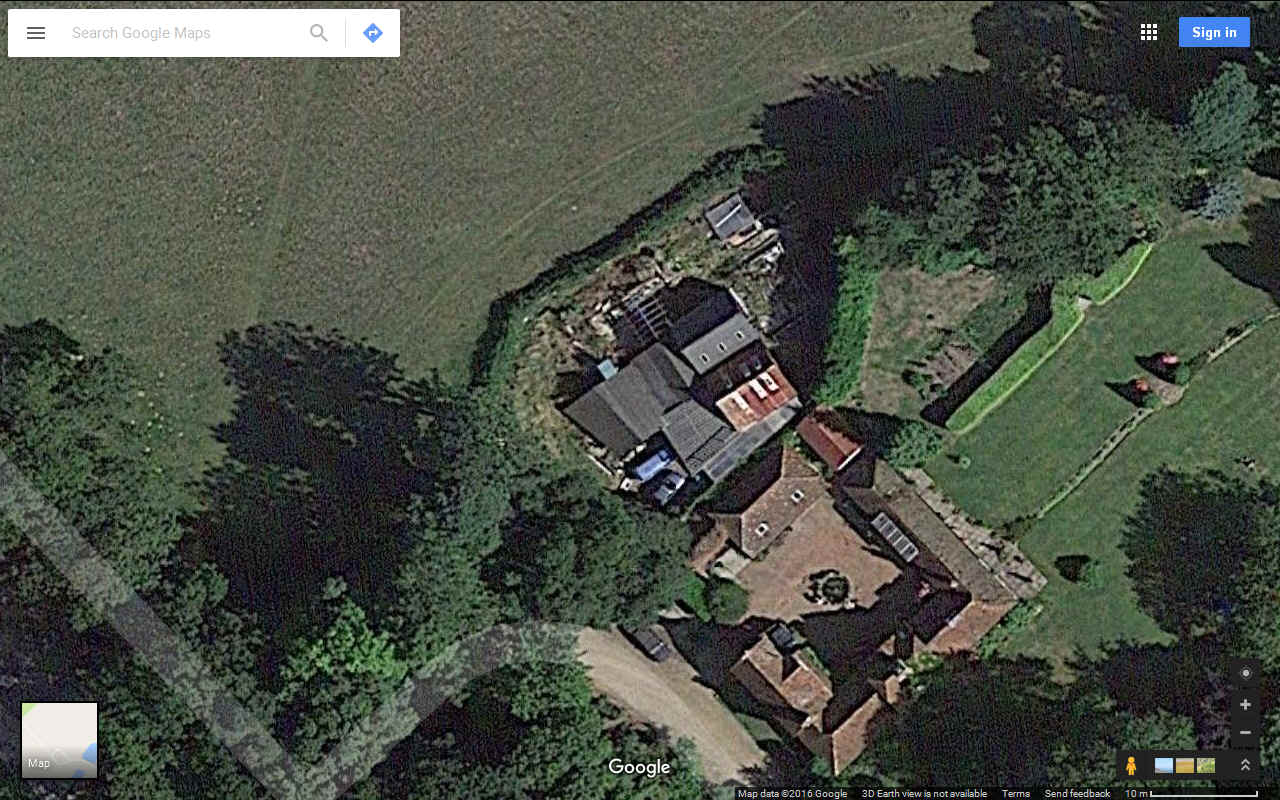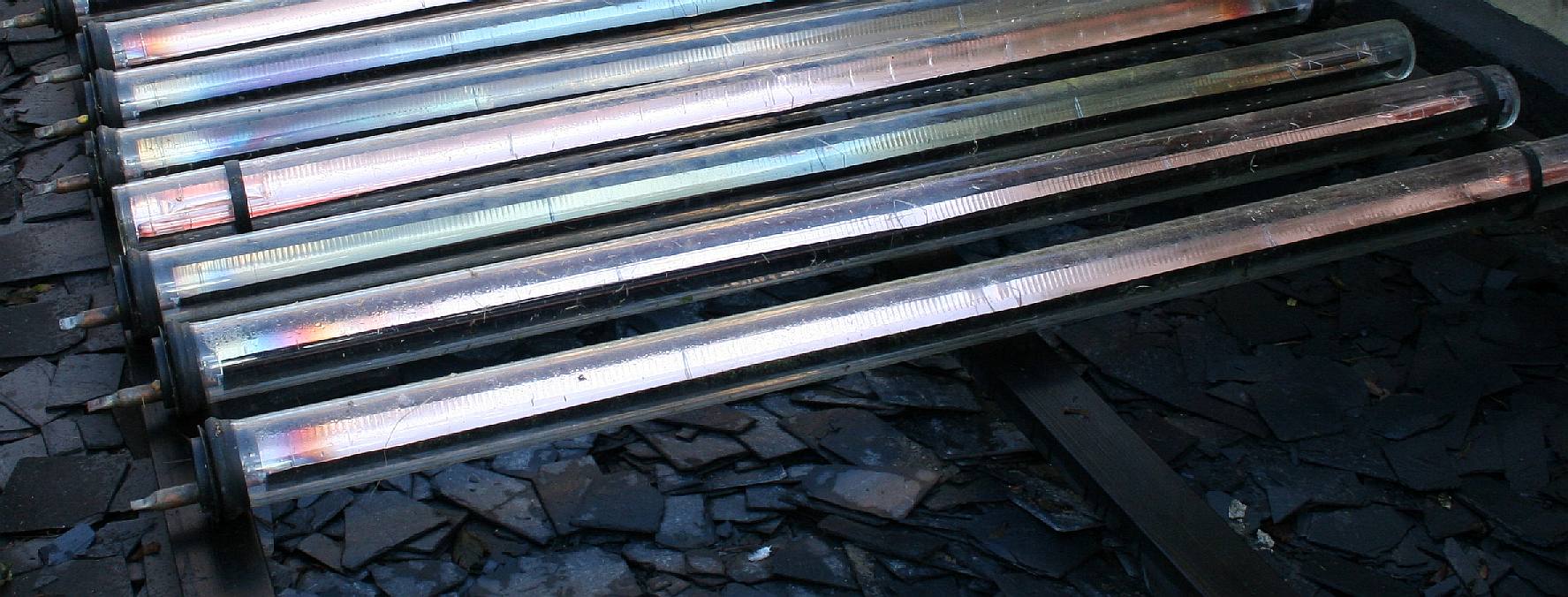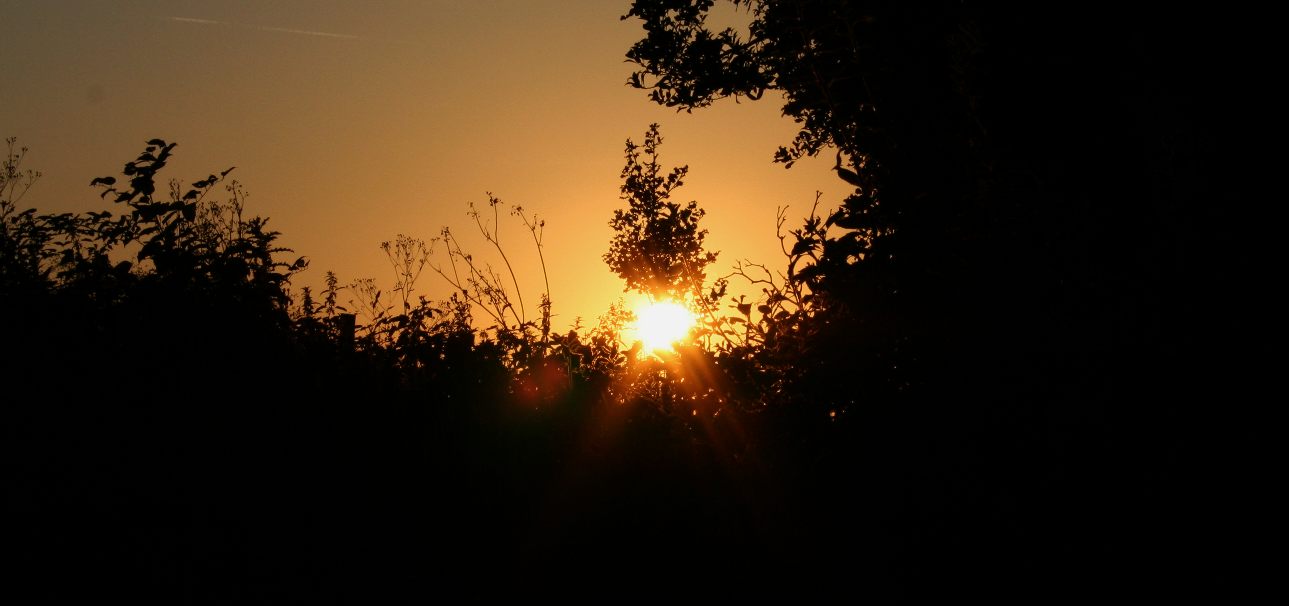|
HERSTMONCEUX MUSEUM COAL BUNKERS ENERGY STORAGE
|
|
|
FOG BANK - The morning mist rolls across this hillside at Herstmonceux, known locally as Lime Cross, but more like Sherlock Holmes' moors in the Hound of the Baskervilles. In the distance you can see the village football field that was once housed Italian prisoners during World War Two. This picture is Copyright © Lime Park Heritage Trust December 2016. You will need the permission of the Trust to reproduce this picture except for private study or educational use by teachers for their students.
CONSERVATION ISSUES
Okay, it is just a large coal bunker built of bricks at the turn of the century, but this particular bunker stored enough coal to allow running of the generating machinery all day to supply Herstmonceux village during the day and at night from electricity stored in substantial lead acid batteries.
REPAIRS - This front (retaining or courtyard) wall had been pushed over by rogue sycamore trees when the site was first inspected in 1982. We used the original bricks wherever possible, stored them, cleaned and jet washed them. This face was rendered in 1909 and will be again given sufficient funds for restoration. The rubble had become overgrown with grass and the empty bunkers a dumping ground for hardcore that is now being usefully employed as the underpinning for a concrete lid to help preserve the feature for generations to come in place of the mud and clay that had filled the void. This picture is Copyright © Lime Park Heritage Trust December 2016. This garden feature is to be used again to generate heat, only this time not to store coal, but to house evacuated tube solar collectors to heat water directly with energy harvested from nature. National Planning Policies encourage home owners to install water heating to help stave off climate change - while aiming for a sustainable future and a circular economy. You will need the permission of the Trust to reproduce this picture except for private study or educational use by teachers for their students.
REPAIRS - Pretty much a useless item to have to look after, we will make a feature of the bunker by installing solar water heaters in banks on top of slate chippings. The slate is to simulate coal, though it may be possible to use real coal. We'll have to see. This picture is Copyright © Lime Park Heritage Trust December 2016. You will need the permission of the Trust to reproduce this picture except for private study or educational use by teachers for their students.
ON THE LEVEL - The hardcore has been raked forward and graded ready to be rammed and then cleaned up prior to surfacing. The walls were considerably higher at the front and to the rear originally. This picture is Copyright © Lime Park Heritage Trust December 2016. You will need the permission of the Trust to reproduce this picture except for private study or educational use by teachers for their students.
COAL ON SITE - When excavating on an important historic site like this, you must document all of the finds, no matter how seemingly irrelevant. You won't be surprised to learn that we found a large amount of high quality coal under the surface when digging about. Obviously, the coal bunker was the subject of much of the coal found, even though the previous owners must have cleared out the bunker as much as they could.
GAS ENGINE - Mounted on substantial concrete bases and secured by large steel bolts, this is a picture of a generator that did the rounds in Sussex, finally ending up powering a tram in Eastbourne in the 1960s, but not before being used to drive machinery for the Eastbourne Aviation Company between 1911 and 1924. This generator set is virtually identical to the one that was situated in Herstmonceux Museum around 1909, identified by the concrete base footprint. The pine match-boarding and electrical controls are also near identical in layout. This was because the electrical engineer who carried out the work was the same man: Charles de Roemer. For Charles, this generating room must have felt just like the one he'd installed where he lived at Lime Park, just on the outskirts of Herstmonceux village.
COAL BANK - You cannot see the coal bunkers in this picture because they are built into the bank. One range of the extant buildings was removed in 1936 to allow the transport of the largest gas engine. It was the intention of Charles de Roemer to put the unit back but then fate intervened and the Weald Supply Company came along to spike his guns. Just as Charles was about to repair the section to the rear, along came World War Two, when he temporarily clad the whole unit in corrugated iron to make a hospital for wounded airmen. Lime Park Heritage Trust are looking at ways of getting the archaeology more intact so that virtual visitors to the site can see what it looked in 1909 - or get a better impression of the size of the installation.
WWII AIR RAID SHELTER - This World War Two bomb proof air raid shelter is built in line with the coal bunker, that was divided up into section internally. It is reasonable to assume that before 1936 this brick built range was all one coal storage facility. The along came the 2nd World War, and where do you build a shelter if the main generating buildings are occupied by wounded airmen. Why, just across the courtyard of course. In days gone by the courtyard may have been a hall or covered way. This picture is Copyright © Lime Park Heritage Trust 18 December 2016. You will need the permission of the Trust to reproduce this picture except for private study or educational use by teachers for their students.
COAL BUNKER 1982 - Sycamore trees pushed over part of the wall on one section of the coal bunkers. The full height as seen here is yet to be restored, but is on the agenda finances permitting. The roof of this historic bunker had long ago collapsed - so we will probably never known the full extent of the installation, except that wagons of coal were delivered to the rear of the bunker, meaning that the roof must have had doors to allow loading and then closing against driving rain. This picture is Copyright © Lime Park Heritage Trust 1982. You will need the permission of the Trust to reproduce this picture except for private study, research or educational use by teachers for their students.
CONCRETE - The remaining section is floated in with a 4:1 mix of ballast to cement with waterproofing admixture. A weaker mix 5:1 is fine for concrete if it is well mixed. This picture is Copyright © Lime Park Heritage Trust 31 March 2017. You will need the permission of the Trust to reproduce this picture except for private study or educational use by teachers for their students.
TIMBERS - These five meter (almost) long 4" x 4" treated timbers will be set into cement with a DPC. They are simply positioned at this stage so for our volunteer carpenter. broken slate will be used to simulate coal so that the feature is preserved and looks more or less as it would have looked in 1909. There are many drains in the courtyard below to cope with the water that managed to find its way into the bunker. The courtyard was paved with concrete slabs, but these have broken up over time when the installation was dormant. This picture is Copyright © Lime Park Heritage Trust 31 March 2017. You will need the permission of the Trust to reproduce this picture.
SUNRISE - This is the adjacent field across which coal was delivered by wagon before 1909 and then by trucks soon after. Across the fence in this picture is the village cricket field and tennis courts - and was the home of the village hall where electric cooking demonstrations were held in 1913. Dog walkers and ramblers ply these paths daily, some stopping to admire the restoration works and share words of encouragement to spur on our volunteers. This picture is Copyright © Lime Park Heritage Trust March 2017. You will need the permission of the Trust to reproduce this picture.
BRICKS & MORTAR - Working from a level concrete base makes it easier for our volunteer bricklayer. This picture is Copyright © Lime Park Heritage Trust 31 March 2017. You will need the permission of the Trust to reproduce this picture except for private study or educational use by teachers for their students.
APPRENTICE - A young volunteer learns some practical tips while at the same time having a lot of fun playing mud pies with sand and cement. This picture is Copyright © Lime Park Heritage Trust 31 March 2017. You will need the permission of the Trust to reproduce this picture except for private study or educational use by teachers for their students.
PREPARATIONS - This . This picture is Copyright © Lime Park Heritage Trust 31 March 2017. You will need the permission of the Trust to reproduce this picture except for private study or educational use by teachers for their students.
REINSTATED - This is what the wall looked like in 1982, but it was leaning over into the courtyard and was taken down to rebuild later. This picture is Copyright © Lime Park Heritage Trust 31 March 2017. You will need the permission of the Trust to reproduce this picture except for private study or educational use by teachers for their students.
ON THE LEVEL - While the frame itself has to be upright and level, the support timbers for the glass display case will be gently sloping toward the rainwater goods that will carry the liquid to a soak away and other waste system. This picture is Copyright © Lime Park Heritage Trust 31 March 2017. You will need the permission of the Trust to reproduce this picture except for private study or educational use by teachers for their students.
PROPPED UP - Temporary stays are pinned in place to keep the structure vertical while other timbers are cut and fitted. This picture is Copyright © Lime Park Heritage Trust 31 March 2017. You will need the permission of the Trust to reproduce this picture except for private study or educational use by teachers for their students.
FLAUNCHING - The back wall has now been repaired and a timber frame bedded into a sharp sand mix with waterproofing admixture. This picture is Copyright © Lime Park Heritage Trust 36 May 2017. You will need the permission of the Trust to reproduce this picture except for private study or educational use by teachers for their students.
AONB - This field is proposed for the development of 70 houses in a headlong rush to overdevelop the countryside. Across the road, some 400 yards distant is an area of outstanding natural beauty. We are selling ourselves and our heritage short in trying to generate income for our ailing economy by developing where development would never normally be good planning policy. One can only hope that common sense prevails, with so many villagers opposed to unsympathetic housing plans - especially where such accommodation proposals are unsupported by schools and other essential facilities. This picture is Copyright © Lime Park Heritage Trust 31 March 2017. You will need the permission of the Trust to reproduce this picture except for private study or educational use by teachers for their students.
HERITAGE INDEX A - Z
BARCLAYS BANKING LET DOWN - MISSING ACCOUNT MONEY CAMPBELL HALL - BLUEBIRD ELECTRIC CARS GAS ENGINES - COAL CONVERSION, INTERNAL COMBUSTION OBSERVATORY - HERSTMONCEUX CASTLE SOLAR LADY - STATUE
GOOGLE MAPS - The detail is not that great and the situation on the land is significantly changed in that the site has undergone a massive clean up. You cannot see the coal bunkers in this picture, but they are to the rear of the main buildings.
SOLAR HEATING - Cut out the middle man. Where coal is a fossil fuel accumulated from years of sunshine growing plants, we are going to install 3 banks of solar water heaters like this one above, inside the coal bunker. This picture is Copyright © Lime Park Heritage Trust December 2016. You will need the permission of the Trust to reproduce this picture except for private study or educational use by teachers for their students.
SLATE BED - A bed of broken slate simulates coal and is non combustible. The timbers that will support the glass tube collectors have been treated with a fire retardant and stained black. This picture is Copyright © Herstmonceux Museum Ltd November 2017. You will need the permission of this company to reproduce this picture except for private study or educational use by teachers for their students.
GLASS TUBES - These older tubes will be added to with about 50 newer designs to make a battery of solar collectors. This picture is Copyright © Herstmonceux Museum Ltd November 2017. You will need the permission of this company to reproduce this picture except for private study or educational use by teachers for their students.
WATER HEATING - The look is in keeping with the aim to preserve the heritage asset and bring the unit back into service in the age of sustainability. Most of the heating requirements for the main museum building and other ancillary activities will be catered for in truly circular economy fashion.
This picture is Copyright © Herstmonceux Museum Ltd November 2017. You will need the permission of this company to reproduce this picture except for private study or educational use by teachers for their students.
|
|
|
This website is Copyright © 2023. All rights reserved. All other trademarks are hereby acknowledged. Contact Us www.cherrymortgages.com |
